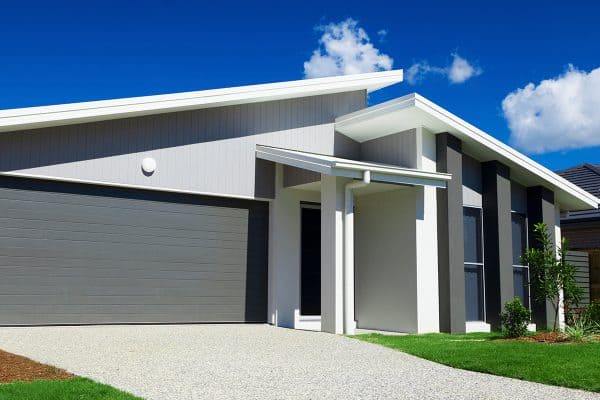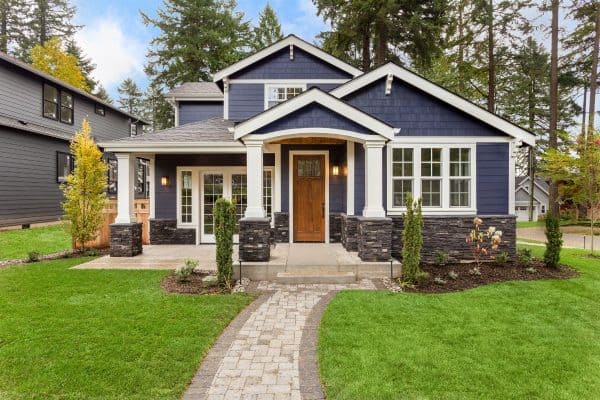You would want the exterior paint of your house to last a long time. You've probably heard that primer is needed to increase the paint's durability. Does exterior paint already come with a primer or do you have to buy it separately? That's what we asked the experts and we're sharing their answers with you.
Not all exterior paints contain primer. There's a paint type that comes with a primer and paint mixture. This is called self-priming paint or paint-primer. But you can also find separate primers and paints. It's best to read the product labels carefully to get the right kind of paint that you need.
Keep on reading to know more about regular primers and self-priming paints. We'll also tell you when to use paint and primer in one and answer the question if you need to prime the surface before using exterior paint. Let's get this started!

Does paint come with primer in it?
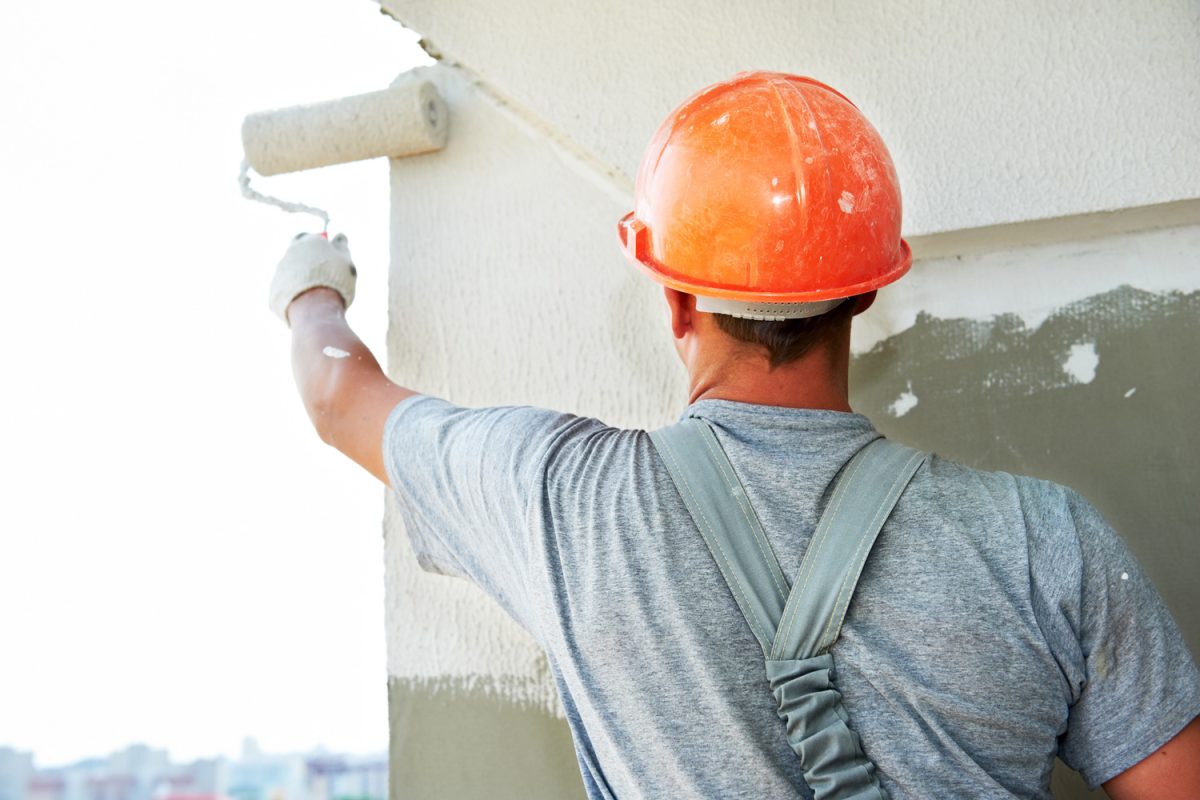
The exterior paint of your house is very important. It makes your house stand out, increases its resale value, and enhances its curb appeal. It also protects the construction material keeping your house maintained.
That's why it's crucial to ensure that paint application is done right so that it looks smooth and flawless and would last for a long time. Most of the time, experts recommend using a primer before painting the exterior of the house.
What is primer?
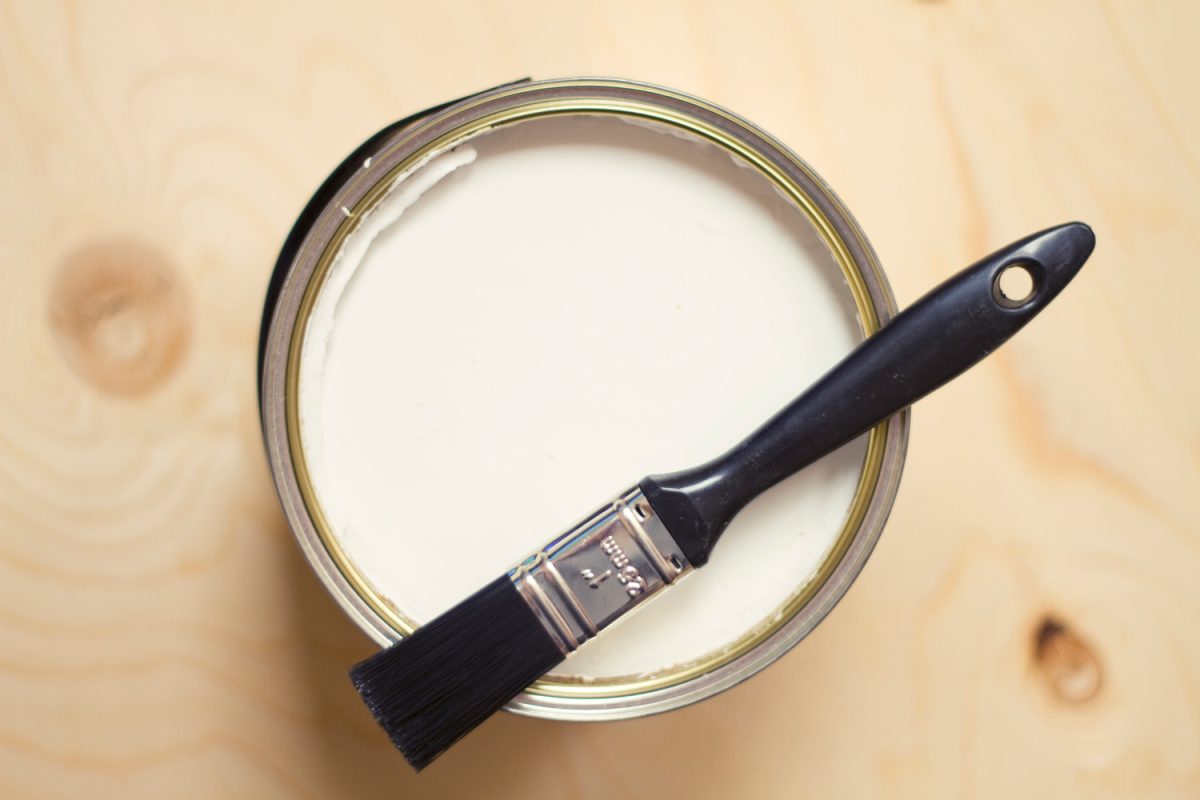
A primer is a resin-based paint that is used as an undercoat or foundation for your main paint. It comes in white or tinted colors. It has a thin consistency but is enough to cover the imperfections on the surface material such as minor stains and repairs that have been previously done.
It also forms a seal on the material so that it won't absorb the paint and other particles on top of it. In effect, it adds an extra layer of protection to the material being painted.
Many primer paints nowadays also come with special additives to enhance their weather resistance. But most importantly, a primer paves the way for proper adhesion of your main paint to the surface of the construction material. This is why it helps ensure the durability of your paint.
If you're out in the hardware store shopping for primer and exterior paint, you might notice that there are many cans of regular primer paints and exterior paints (in separate containers) and there are also the so-called self-priming paints or paint and primer in one.
Check out this exterior paint and primer in one on Amazon.
So, there goes the answer to the question. Not all exterior paints contain primer. You have the option to buy a separate primer and paint. Then there's another type of paint that comes in paint and primer in one concoction. It helps to know more about the self-priming paint so that you know what you're getting.
What is self-priming paint?
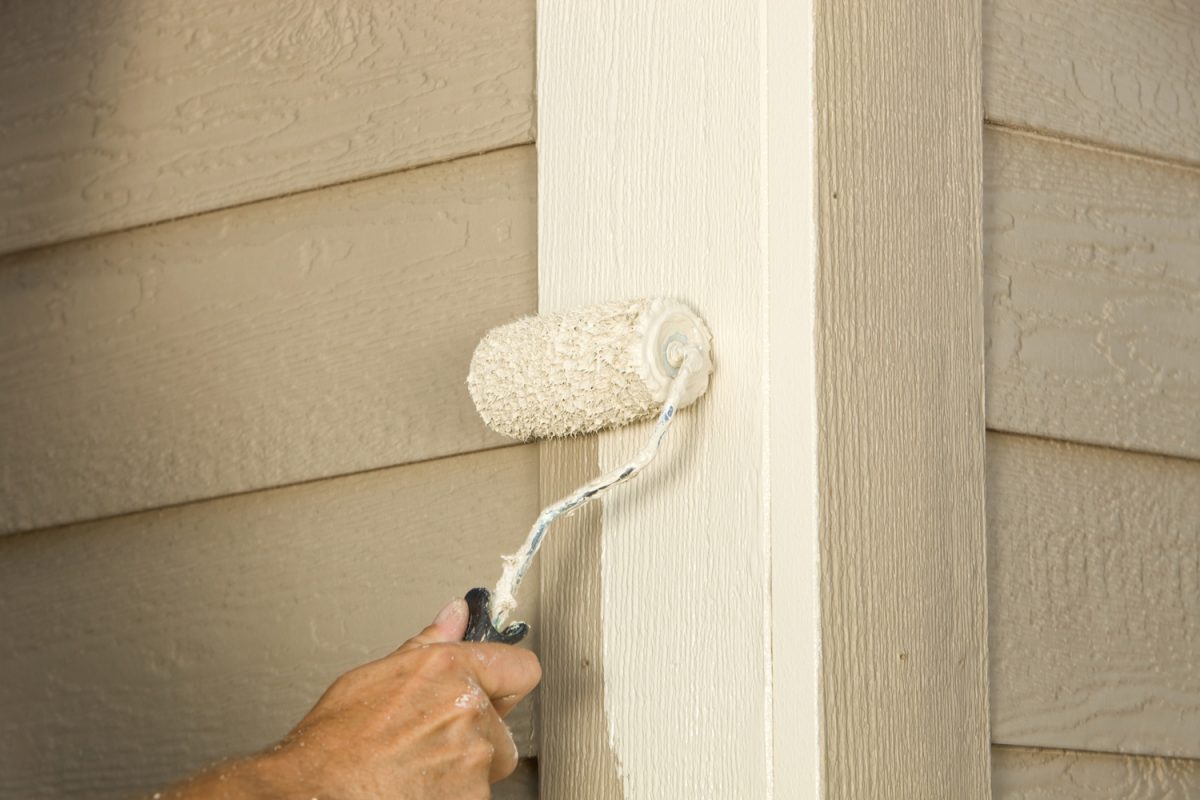
As mentioned above, self-priming paint is a two-in-one product. You get a primer and paint in one mixture. It can also be called paint-primer. Many manufacturers offer this type of paint. Just read the product label to know if the particular paint comes mixed with a primer already.
Painting the exterior or interior portion of the house usually involves two steps. First, you apply the primer. Then, you coat it with the main paint that you want visible on the surface. That's why some people buy separate cans of primer and paint.
But with self-priming paint, you only need to buy one product and you spend less time and energy on painting since it'll now be a one-step process.
Find this self-priming paint on Amazon.
If you're concerned about the cost, you're not really saving when you use this two-in-one product. They are usually on the higher end of the price spectrum since they're made from high-quality ingredients.
Unlike primer or regular paint, self-priming paint has a thicker consistency to be able to provide a lasting and formidable layer of protection on the material's surface.
Upon drying and curing, it builds up or rises which gives it a much thicker quality over other types of paint. It also comes in different hues so that you can choose your preferred color.
When To Use Self-Priming Paint
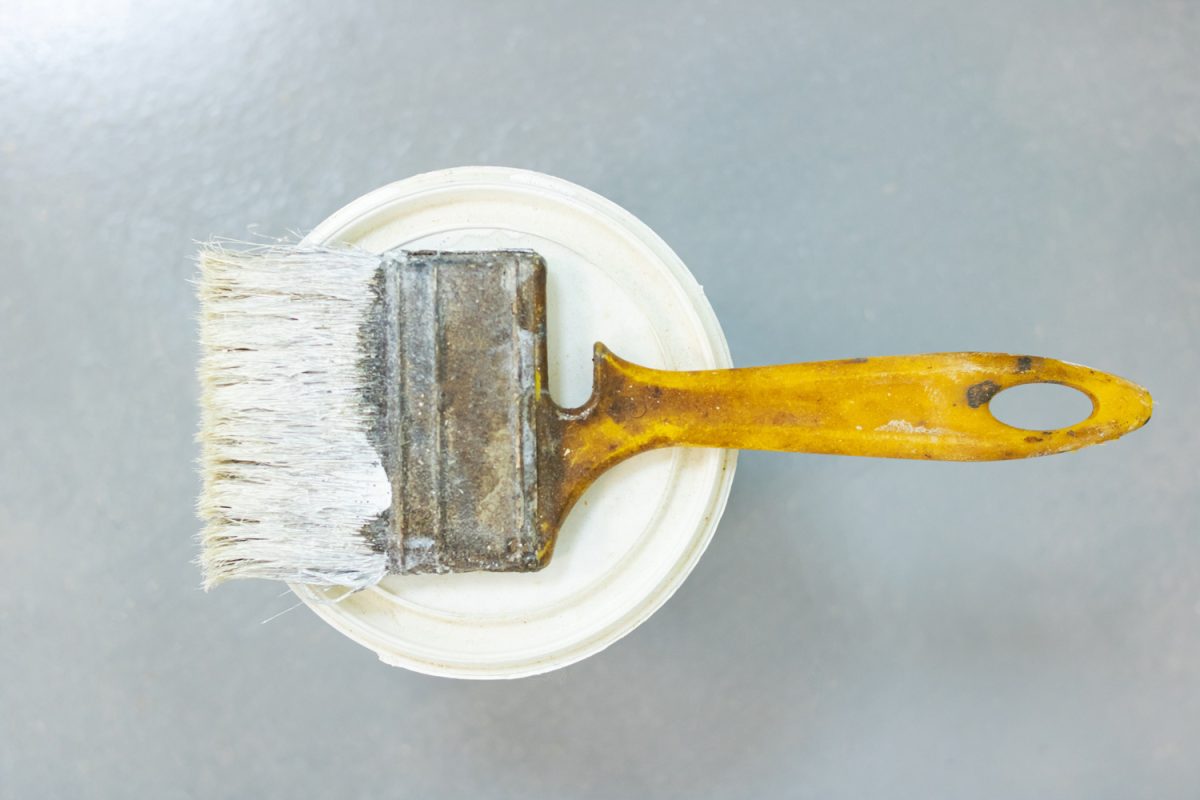
The question usually is, "to prime or not to prime?" But for this section, we will discuss whether to use paint-primer-in-one or not.
Self-priming paint is not recommended for all types of painting jobs. As mentioned earlier, it is rather costly so you have to find out if this is the right kind of paint for you. Otherwise, you might end up fixing a pricey mistake. You'd have to buy and apply regular primer and paint again.
- Experts say that paint-primers are recommended more for interior projects since they are not subjected to harsh weather conditions.
- Self-priming paint can also be used when repainting walls with the same color or at least belonging to similar tones or hues. The bleed-through of the old paint won't be too noticeable.
- Self-primers are also best used on drywalls even when they are still new and unfinished.
But when the wall you're going to paint has problems such as flaking, peeling, or bubbling, it's best to use a regular primer for the job.
If you're not sure about which type of paint to use, you can always consult a paint specialist so that you won't waste your money, time, and energy on the wrong paint.
Do you need to prime before using exterior paint?
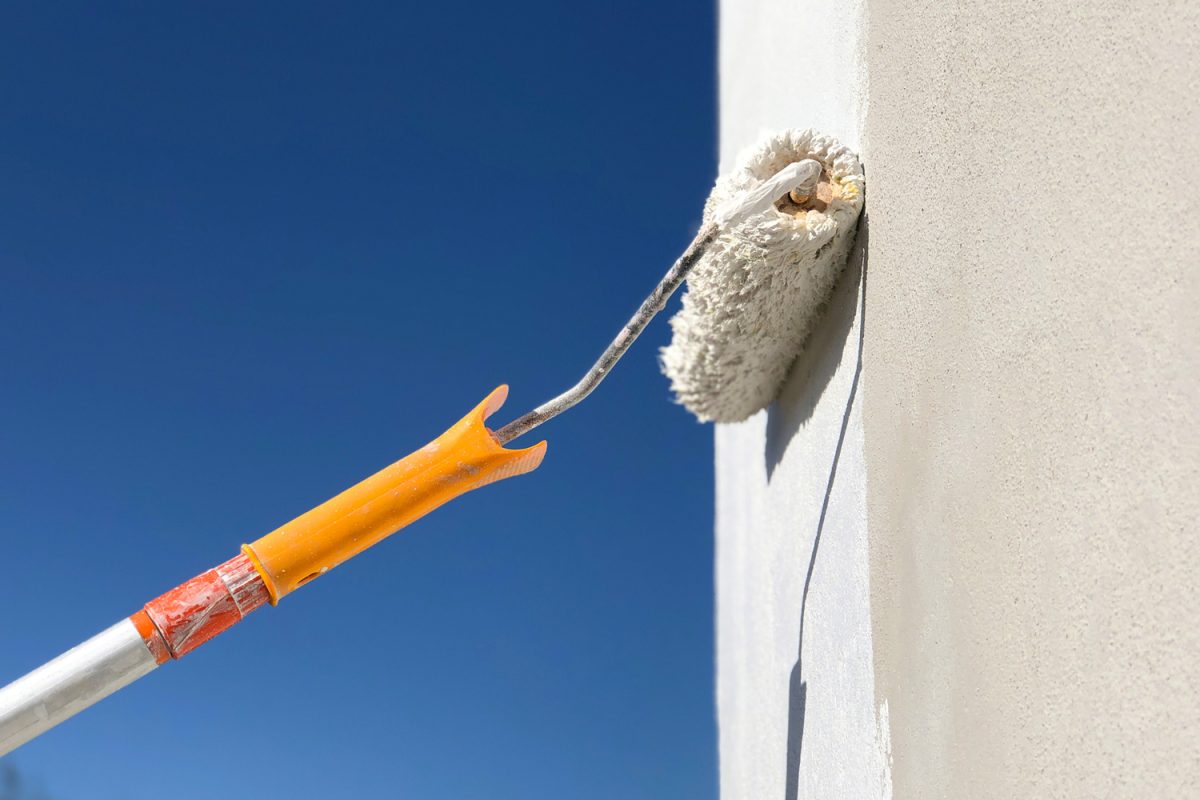
The exterior paint is exposed to different elements. It takes the brunt of the harsh UV rays and varying temperatures due to changing seasons. As such, you would need it to be very durable so that it'll endure even extreme environmental conditions.
As mentioned earlier, primer paint will help a lot in this aspect. It makes it possible for your exterior paint to adhere to the surface properly so that it won't easily peel off or deteriorate despite less than ideal weather conditions.
Here are also instances when it is recommended that you prime the exterior surface before using the main paint.
- When you're painting a bare wall. The material might have an uneven surface, pores, or other imperfections. It's best to have them covered with primer first to ensure a smooth and even surface upon painting.
- After you've removed peeling, bubbly, or flaky paint. It is important to remove the problematic paint before applying a fresh coat. But chances are you'll be left with either a bare or unevenly painted wall which is why it is recommended that you use a primer first to cover the flaws.
- When changing the paint from a dark color to a lighter one: If there are no issues with the old paint and you just want a change of color, you can use a tinted primer before the new paint to help you achieve better color coverage.
But when you just want to repaint your exterior wall with a similar color to the previous one and the old paint still holds up well, there's no need to use a primer anymore. You can apply the paint directly to the surface. Just make sure that you clean it first to remove any unwanted particles that might get in the way of proper paint adhesion.
Final Thoughts
Not all exterior paints contain primer. If you want self-priming paint, read the label to make sure that you got the right paint type. Assess also if it's best to use paint and primer in one for your particular painting job.



